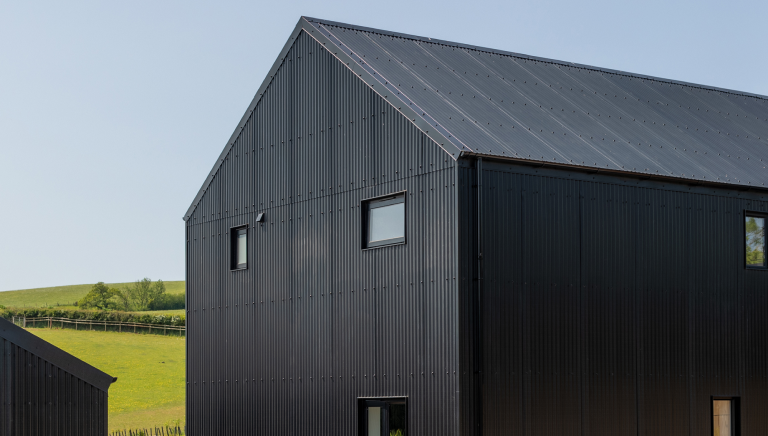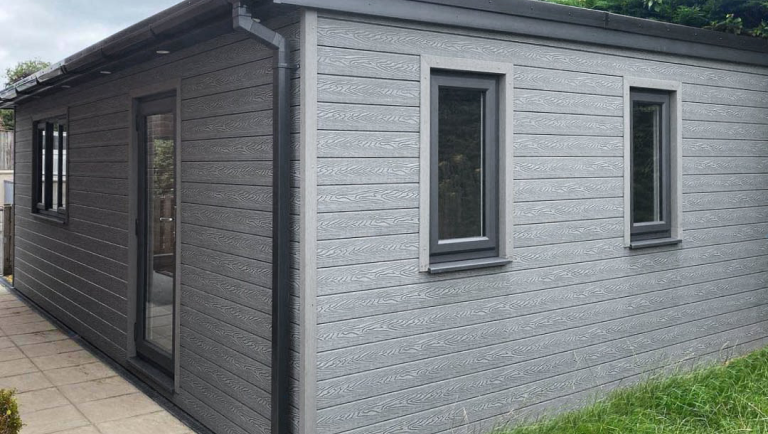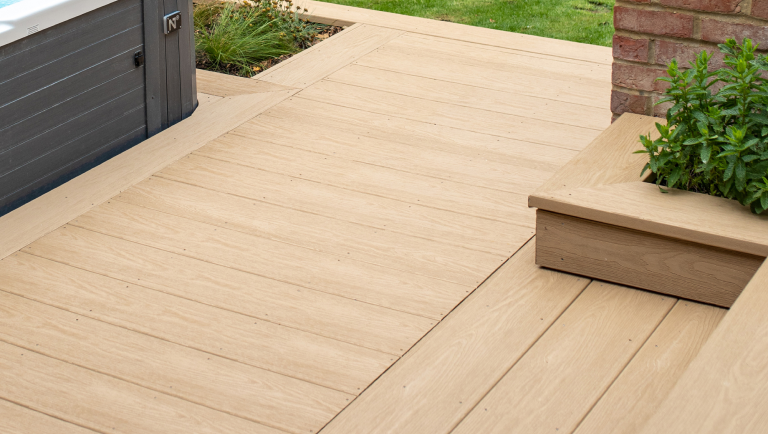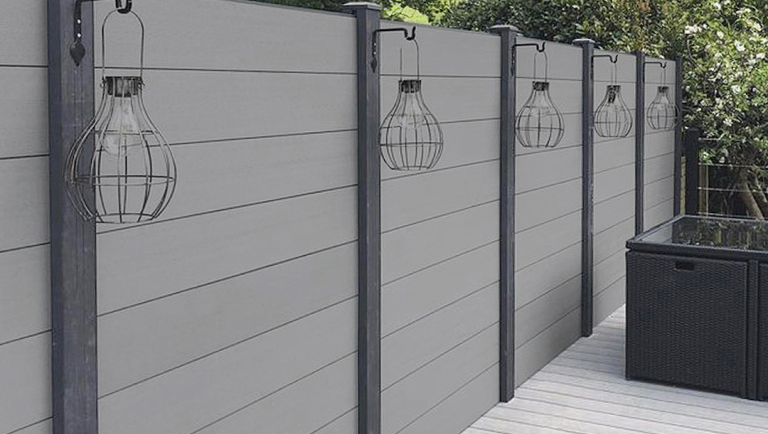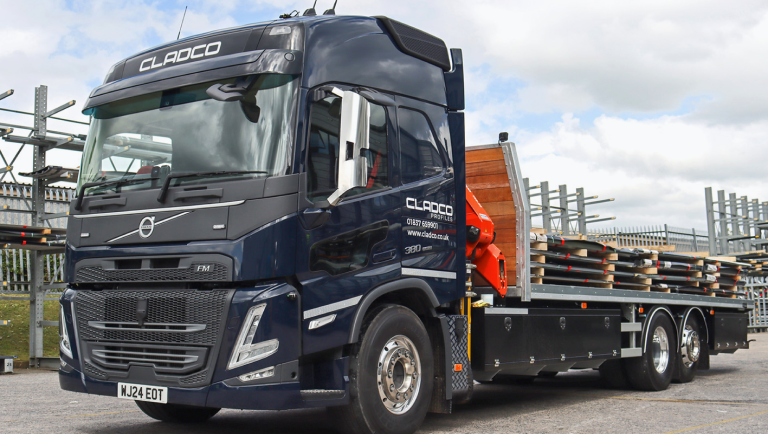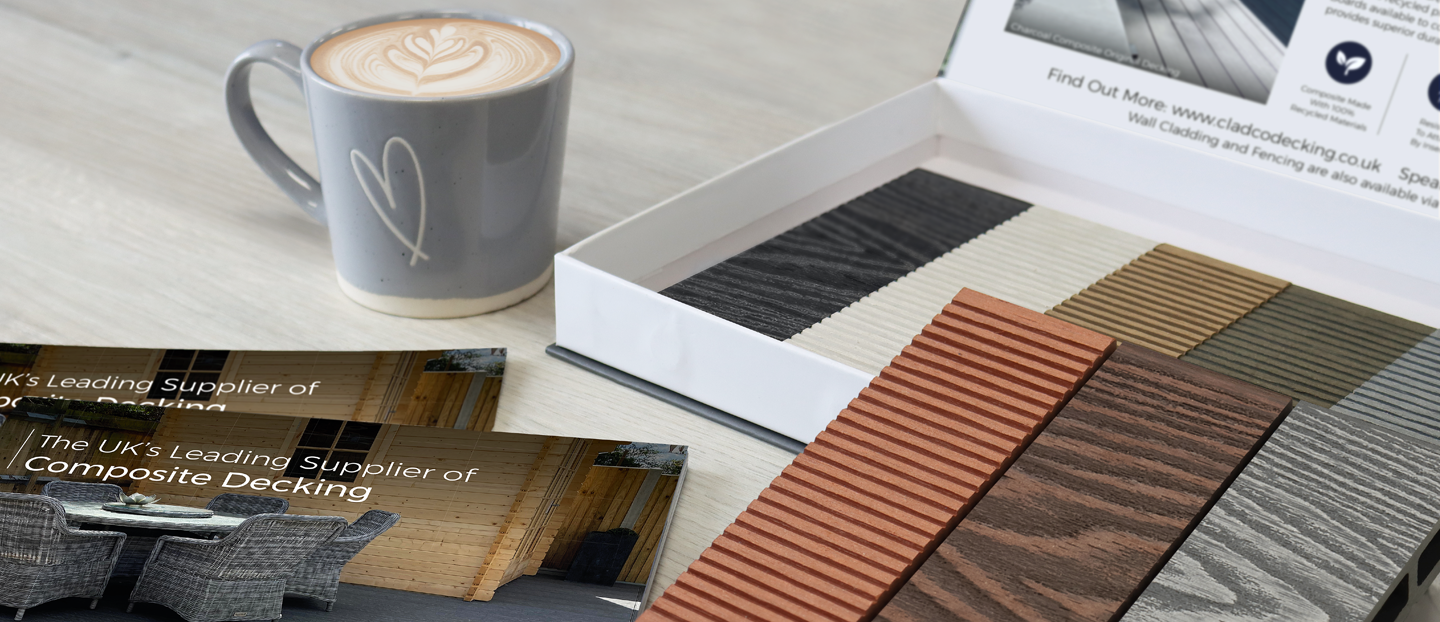Help & Advice
For all of our roofing, cladding, decking, composite fencing, products, and more ...
All of our roofing information and advice on one page.
All of our cladding information and advice on one page.
All of our decking information and advice on one page.
All of our fencing information and advice on one page.
All of our Balustrade information and advice on one page.
If you require help or advice with anything else then pelase get in touch via our Contact Page
Information and advice on how we handle deliveries, collections and returns including pricing and estimated time frames.


